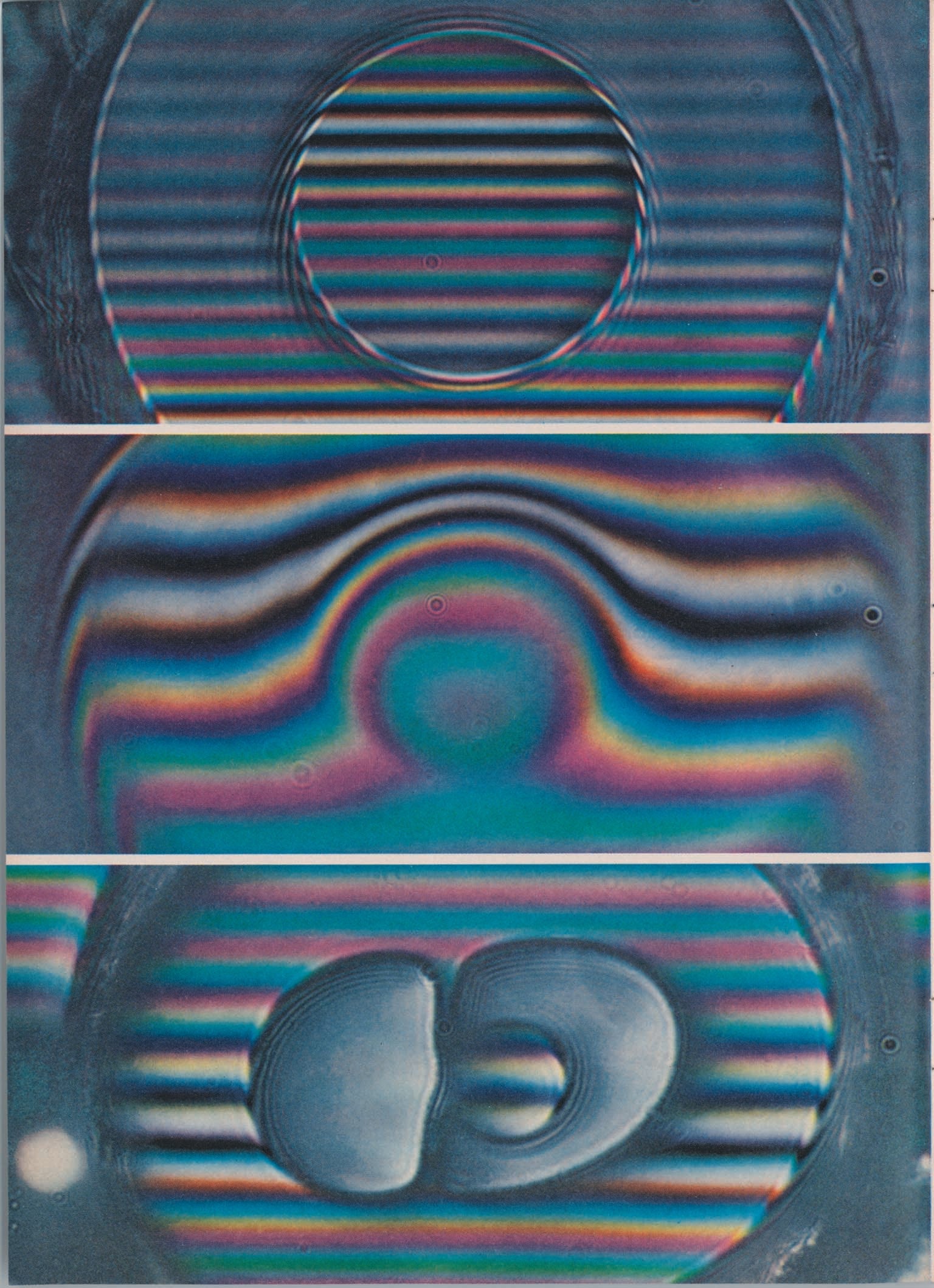History: November 2023 (Scientific American articles from 1973, 1923, 1873)
https://www.scientificamerican.com/article/history-november-2023/
History: November 2023
Mayan eclipses; birds sense cholera
By Mark Fischetti on November 1, 2023
Scientific American November 2023 Issue
 1973, Optical Fibers: “Rapid progress is being made toward a system in which a light signal will be transmitted through a hairlike optical fiber with little loss. The photographs show the refractive-index characteristics of three kinds of fiber, magnified about 500 times: a fiber with an inner core and an outer cladding (top); a parabolic-index fiber (middle); a single-material fiber (bottom). The gray shapes are air.” Credit: Scientific American, Vol. 229, No. 5; November 1973
1973
1973, Optical Fibers: “Rapid progress is being made toward a system in which a light signal will be transmitted through a hairlike optical fiber with little loss. The photographs show the refractive-index characteristics of three kinds of fiber, magnified about 500 times: a fiber with an inner core and an outer cladding (top); a parabolic-index fiber (middle); a single-material fiber (bottom). The gray shapes are air.” Credit: Scientific American, Vol. 229, No. 5; November 1973
1973
Mayan Astronomers Predicted Eclipses
“The Maya were skilled naked-eye astronomers. It now seems that they could even forecast eclipses of the sun. That is the conclusion of a new analysis of the ‘Venus Table’ and the ‘Lunar Table’ contained in the Maya book the Dresden Codex. Calculating in multiples of their own 260-day ‘sacred year,’ Maya astronomers appear to have detected two different kinds of periodicity in the recurrence of eclipses: a ‘short’ interval of 9,360 days (36 sacred years) and a ‘long’ interval of 11,960 days (46 sacred years). For solar eclipses visible in Central America, the table would have provided satisfactory predictions from A.D. 42 to 886.”
Sourdough Bacteria
“Early prospectors in the American West carried the ingredients of a highly acidic bread that earned them the name ‘sourdoughs.’ The bread is now baked commercially in San Francisco, but only recently was the organism responsible for its characteristic sourness identified. Leo Kline and T. F. Sugihara of the U.S. Department of Agriculture found a fortuitous combination of a yeast—Saccharomyces exiguus—and a bacterium, apparently of the genus Lactobacillus. For rapid growth the bacteria require the sugar maltose, from which they produce lactic acid and acetic acid, which account for the sour taste. The yeast is tolerant of this acidic environment, and it ferments carbohydrates other than maltose to produce the carbon dioxide that leavens the bread. The name proposed for the new species is Lactobacillus sanfrancisco.”
[...]
1873
No Neutrons (Yet)
“We have gradually learnt that electricity exists in two forms, the negative form, which is called an electron, and the positive form, which is now beginning to be called a proton. The material universe seems to be built of these two elements. Both the electron and the proton are very much smaller than an atom of matter. Both probably have weight, though the proton weighs as much as 1,830 electrons. But it is not appreciably bigger. The fact is, we do not know much about it. Whether the proton is an ultimate unit, or whether it can be resolved into a close-packed assemblage of simpler ingredients, which would account for its remarkable weight or massiveness, remains for future discovery.”
[...]
